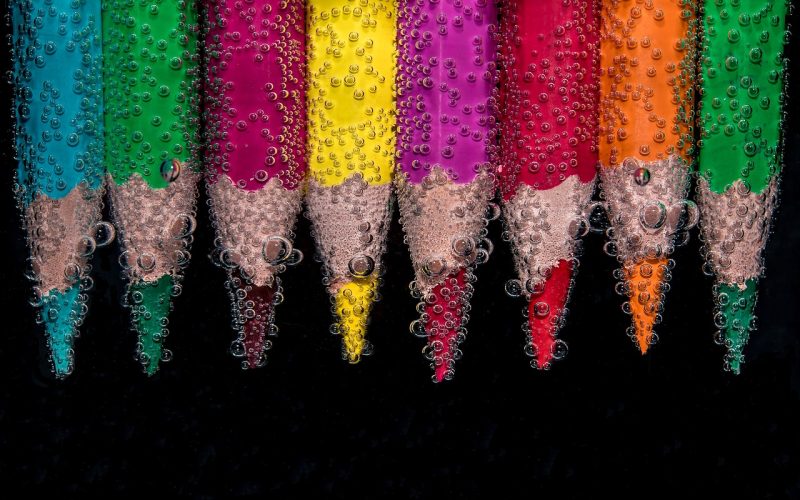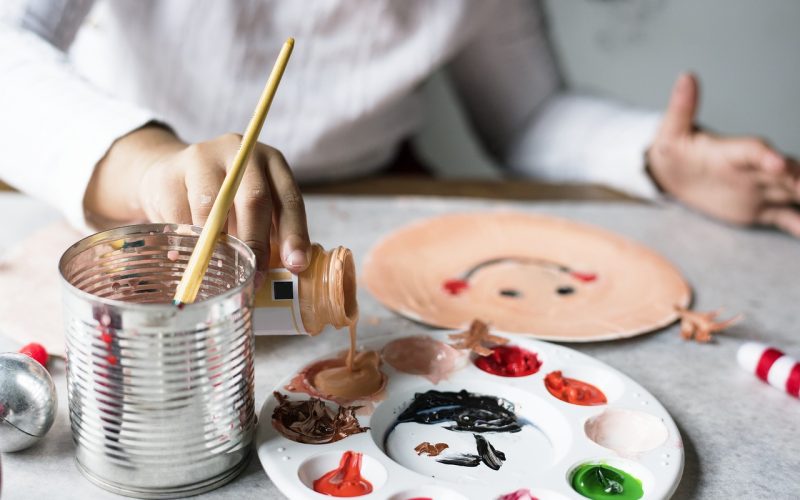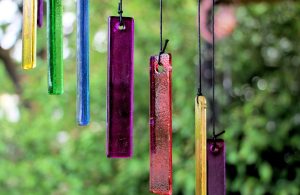Colour is more than just a visual experience; it is a powerful communication tool that can influence psychological responses. When light hits an object, it reflects into the eyes, where it is converted into electrical signals sent to the brain. This interaction triggers a cascade of responses, both physiological and psychological, which is why colour can evoke emotions and alter moods. The field of colour psychology explores these phenomena, probing how different hues can affect our feelings and behaviours.
Warm colours and their energising effects
Warm colours, such as red, orange, and yellow, are known for their invigorating properties. Red, for example, is often associated with strong emotions such as love, passion, and anger. It can increase heart rate and boost energy levels, making it an excellent choice for environments where activity and alertness are desired. Orange, on the other hand, combines the warmth of red with the cheerfulness of yellow, fostering enthusiasm and creativity. Yellow itself is synonymous with happiness and optimism, often used to evoke a sense of cheerfulness and positivity. These colours stimulate the mind and can help combat feelings of lethargy and sadness, making them ideal for spaces intended for social interaction or creative work.
Cool colours and their calming influence
Conversely, cool colours like blue, green, and purple tend to have a calming and soothing effect. Blue, in particular, is linked with serenity and tranquillity. It has been shown to lower blood pressure and heart rate, promoting a sense of calm and relaxation. This makes it a popular choice for bedrooms and spaces designed for rest and recuperation. Green, reminiscent of nature, is associated with balance and renewal, fostering a sense of peace and harmony. Purple, often tied to luxury and spirituality, can inspire creativity while maintaining a sense of calm. These cool hues are effective in environments where relaxation and concentration are vital.
Neutral colours and their versatile appeal
Neutral colours, including white, grey, and brown, offer a versatile base that complements various settings. White symbolises cleanliness and purity, often used to create a sense of space and clarity. It offers a fresh canvas that can enhance the impact of other colours. Grey, with its balanced nature, conveys sophistication and formality, making it suitable for professional environments. Brown, an earthy hue, brings warmth and comfort, evoking a feeling of security and stability. These neutral tones can be used to balance more vibrant colours, creating a harmonious environment that supports different emotional responses.
Cultural and personal influences on colour perception
It is important to recognise that the psychological effects of colour can vary significantly across cultures and individuals. Cultural backgrounds often influence colour associations, and what may be considered positive in one culture might have negative connotations in another. For instance, white is associated with purity in many Western cultures, while in some Eastern cultures, it represents mourning. Additionally, personal experiences and memories can shape individual responses to colour, leading to unique and subjective interpretations.
Utilising colour to enhance mood and productivity
Harnessing the power of colour can be a valuable tool in enhancing mood and productivity. In the workplace, strategic use of colour can foster a vibrant and energising atmosphere, encouraging creativity and collaboration. Incorporating warm colours in common areas can stimulate social interaction, while cool tones in personal workspaces can enhance focus and concentration. In personal spaces, understanding the effects of different colours can help create environments that promote relaxation or motivation, depending on the desired outcome.
Colour is a dynamic force that extends beyond aesthetics, influencing our emotions and behaviours in profound ways. By understanding its psychological effects, we can make informed choices to enhance our environment and improve our mental well-being. Whether through the invigorating energy of warm hues or the calming influence of cool tones, the strategic use of colour can positively impact our daily lives, fostering a more balanced and harmonious existence.



















